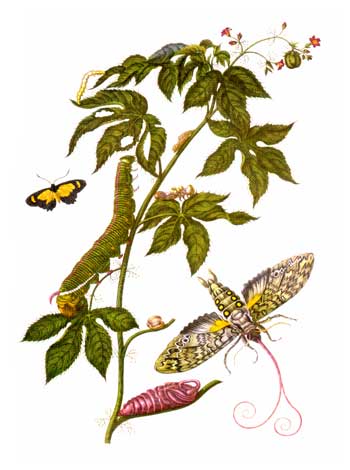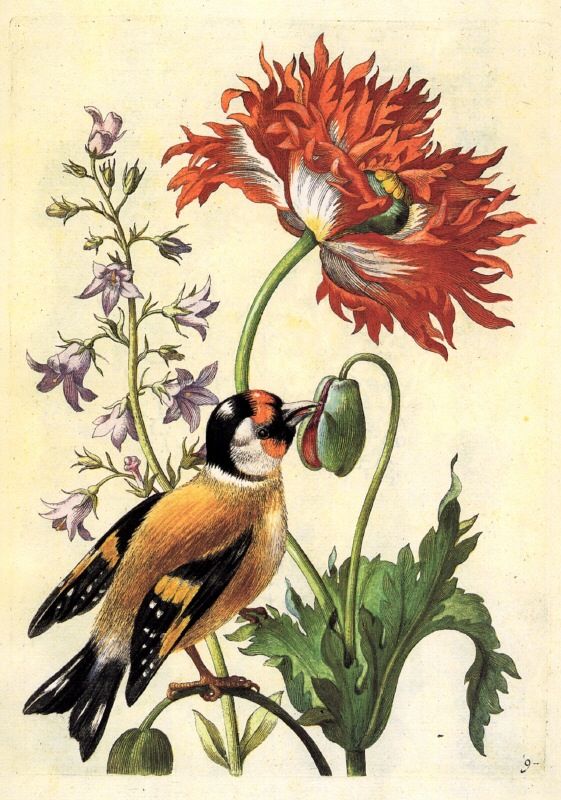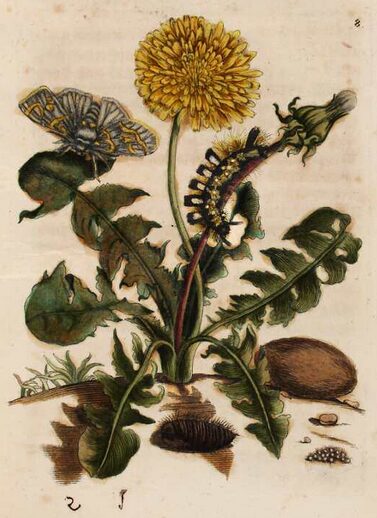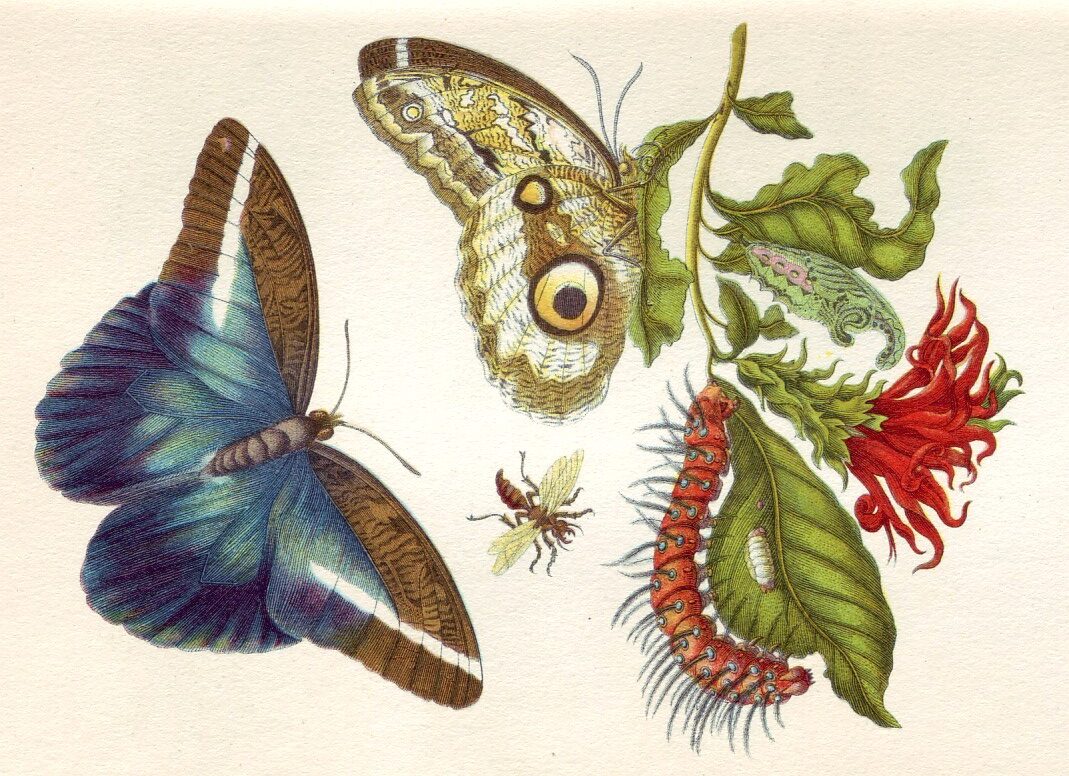As we head into the weekend, I wanted to share something a bit different from our usual content. Today, we delve into the inspiring and fascinating world of Maria Sibylla Merian and her daughters, whose legacy in nature art continues to resonate deeply with me. Their story of passion, collaboration, and dedication to capturing the beauty of the natural world is not only intriguing but also profoundly inspiring, especially as it mirrors my own family’s artistic journey. Join me in exploring how their remarkable work has influenced our approach to painting wildlife and nature miniatures.

Maria Sibylla Merian, a remarkable 17th-century German artist and naturalist, left an indelible mark on the world of botanical and entomological illustration. Her legacy, intertwined with the contributions of her daughters, Johanna Helena and Dorothea Maria, serves as a powerful inspiration for modern-day nature artists like myself and my family.
Merian’s passion for nature and art was not just a personal pursuit but a family affair. She trained her daughters as assistants, involving them deeply in her work and fostering their own talents. This collaborative approach resonates strongly with my own experience, working alongside my mother and sister to create wildlife and nature miniatures.
What’s particularly fascinating about Merian and her daughters is the sheer volume of their output. They produced a large quantity of nature miniatures, which were moderate in size but rich in detail. These works weren’t just aesthetically pleasing; they were also scientifically valuable, documenting the life cycles of insects and the flora they depended on with remarkable accuracy.
Merian’s most famous work, “Metamorphosis insectorum Surinamensium,” published in 1705, showcased 60 engraved plates based on her designs. This publication, focusing on the insects and plants of Suriname, brought her international acclaim and solidified her reputation as both an artist and a naturalist.

The British Museum holds two large volumes of brightly colored watercolors on vellum created by Merian and her daughters. These strikingly composed pieces are notable not only for their artistic merit but also for their contribution to natural science. The fact that these works were a family endeavor, with each member contributing their unique skills and perspectives, is particularly inspiring.
As I work in my studio, often collaborating with my mother and sister on our own nature miniatures, I can’t help but feel a connection to Merian and her daughters. Their dedication to capturing the intricate details of the natural world, their collaborative spirit, and their prolific output serve as a constant source of inspiration.
Merian’s story, as recounted in “Amazing Rare Things” and further explored in Reitsma’s book, reminds us of the power of combining artistic skill with scientific observation. It also highlights the importance of passing down knowledge and passion through generations, something I deeply value in my own family’s artistic journey.
In our modern era, where digital tools often dominate, there’s something profoundly meaningful about continuing the tradition of hand-painted nature miniatures. Like Merian and her daughters, we strive to capture the beauty and complexity of the natural world in our art, hoping to inspire the same wonder and appreciation in our viewers that Merian’s work continues to evoke centuries later.
As we continue to create our nature miniatures, we draw strength and inspiration from Merian’s legacy and artists that have come before us. Her story reminds us that art, science, and family can intertwine beautifully, creating works that not only please the eye but also contribute to our understanding and appreciation of the natural world.

Read more:
- https://www.getty.edu/art/exhibitions/merian/
- https://www.csmonitor.com/The-Culture/Family/Modern-Parenthood/2013/0402/Maria-Sibylla-Merian-Inspired-her-love-of-nature-and-art-in-her-daughters
- https://www.rct.uk/collection/exhibitions/maria-merians-butterflies/the-queens-gallery-palace-of-holyroodhouse/explore-the-exhibition/merians-daughters
- https://www.britishmuseum.org/collection/animals/maria-sibylla-merian-pioneering-artist-flora-and-fauna
